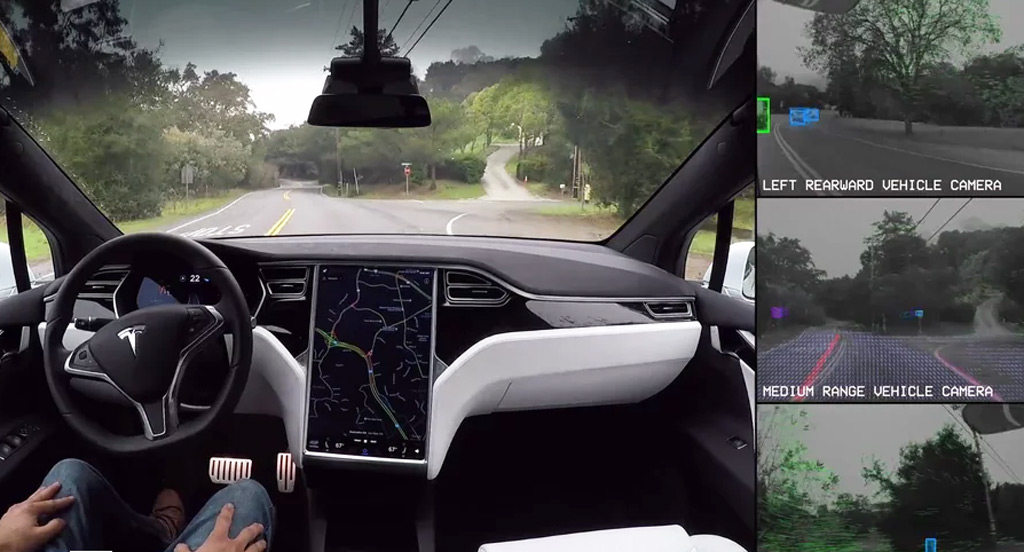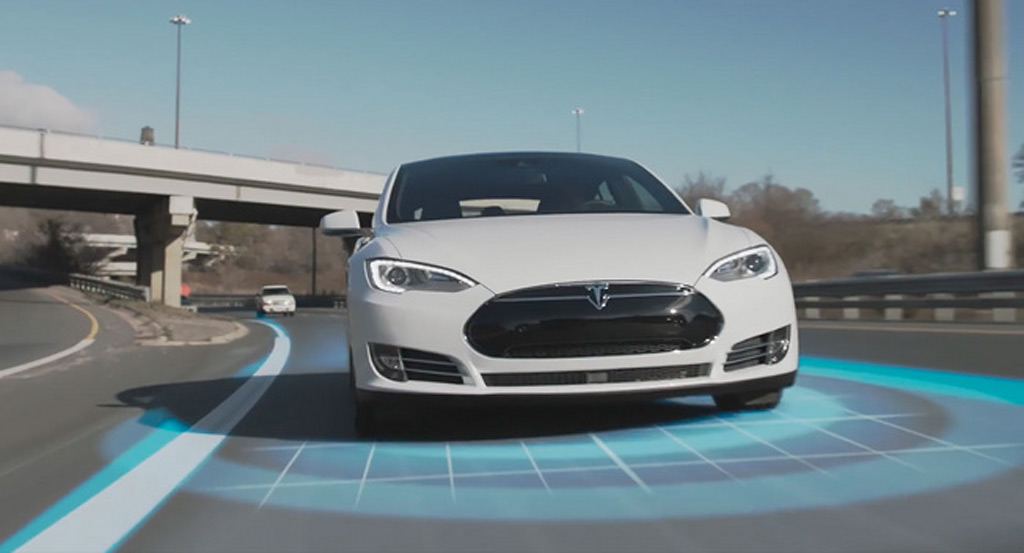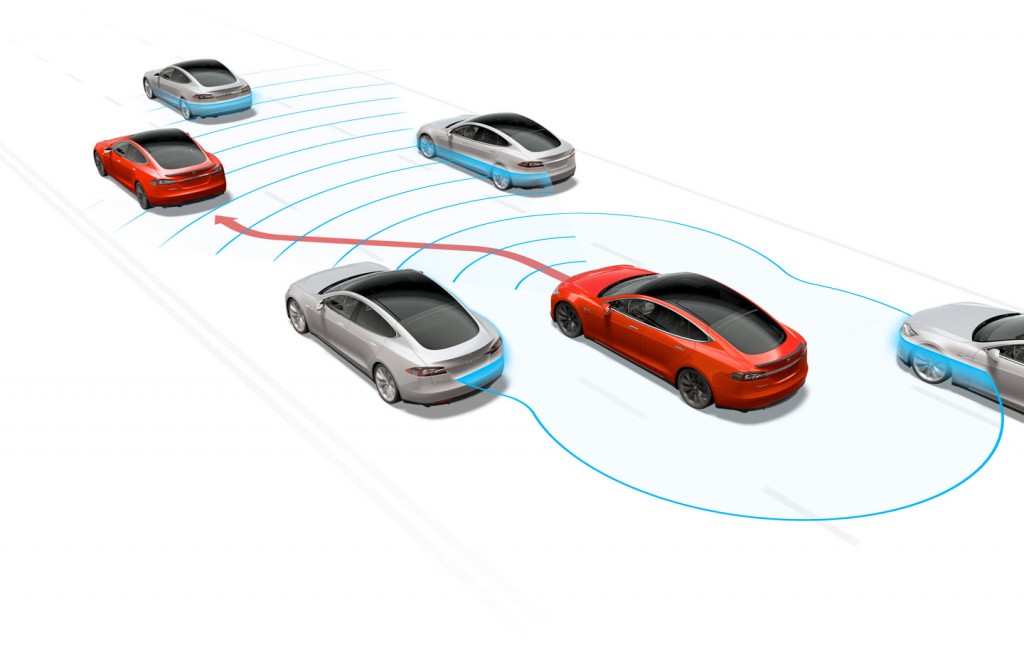Tesla CEO Elon Musk promised that the latest iteration of Autopilot would be the most refined variation of the software yet.
In fact, the Tesla chief recently tweeted that the new Autopilot algorithm would be "smooth as silk."
One owner, James Hansbert, recorded his experience after receiving the latest firmware updated for his Tesla Model S, putting the "smooth as silk" comment to the test.
DON'T MISS: Tesla driver killed in Autopilot crash ignored repeated warnings, NTSB says
Autopilot has often had issues with "dancing" between lane markers as the sensors work to identify road markings.
However, as Hansbert points out, the latest Autopilot software does a much better job at keeping the car within the lines.
In the video he shot, he took his Model S equipped with the firmware on a local highway and tested the software on city streets.

Tesla Autopilot
On the highway, Autopilot only had a few hiccups on his route.
When first engaged, the system slowed down for no apparent reason before returning to speed.
Hansbert also noticed it still did a little bit of "dancing" between lines, though it became more pronounced when the lane markings abruptly disappeared.
READ THIS: Let's be clear: Tesla's Autopilot is not a 'self-driving car'
Overall, he still considered it a major improvement over the previous version of the software.
Another major problem found in the previous Autopilot iteration had was recognizing standing traffic on the highway.
In this case, the Tesla identified the stopped traffic on the local highway and came to a smooth, controlled stop.

Tesla Autopilot
On city streets, the system is still a little shaky, according to Hansbert.
Though still a noticeable improvement, he said, the system seemed "less confident" when it had more to take in during city driving.
A new feature: Autopilot can now park in perpendicular parking spaces as well as parallel parking.
CHECK OUT: Tesla CEO Musk Seeks 'Hardcore' Engineers To Beef Up Autopilot Software (Nov 2015)
On its first attempt at that function, however, the system failed badly for Hansbert.
As the car cut the wheel it inched incredibly close to a parked car next to the identified space—so Hansbert took over and tried again.
On the second try, it was nearly perfect.

Tesla Autopilot sensor system
The Model S identified the desired spot—the same spot where it had failed earlier—and cut the wheel with appropriate space.
The kicker? It noticed it wasn't exactly straight within the space, so the system adjusted the car's position after entering the slot, too.
"Smooth as silk" may be an overstatement, but Tesla owners will likely be pleased with the latest updates to the ever-evolving Autopilot software.
_______________________________________











